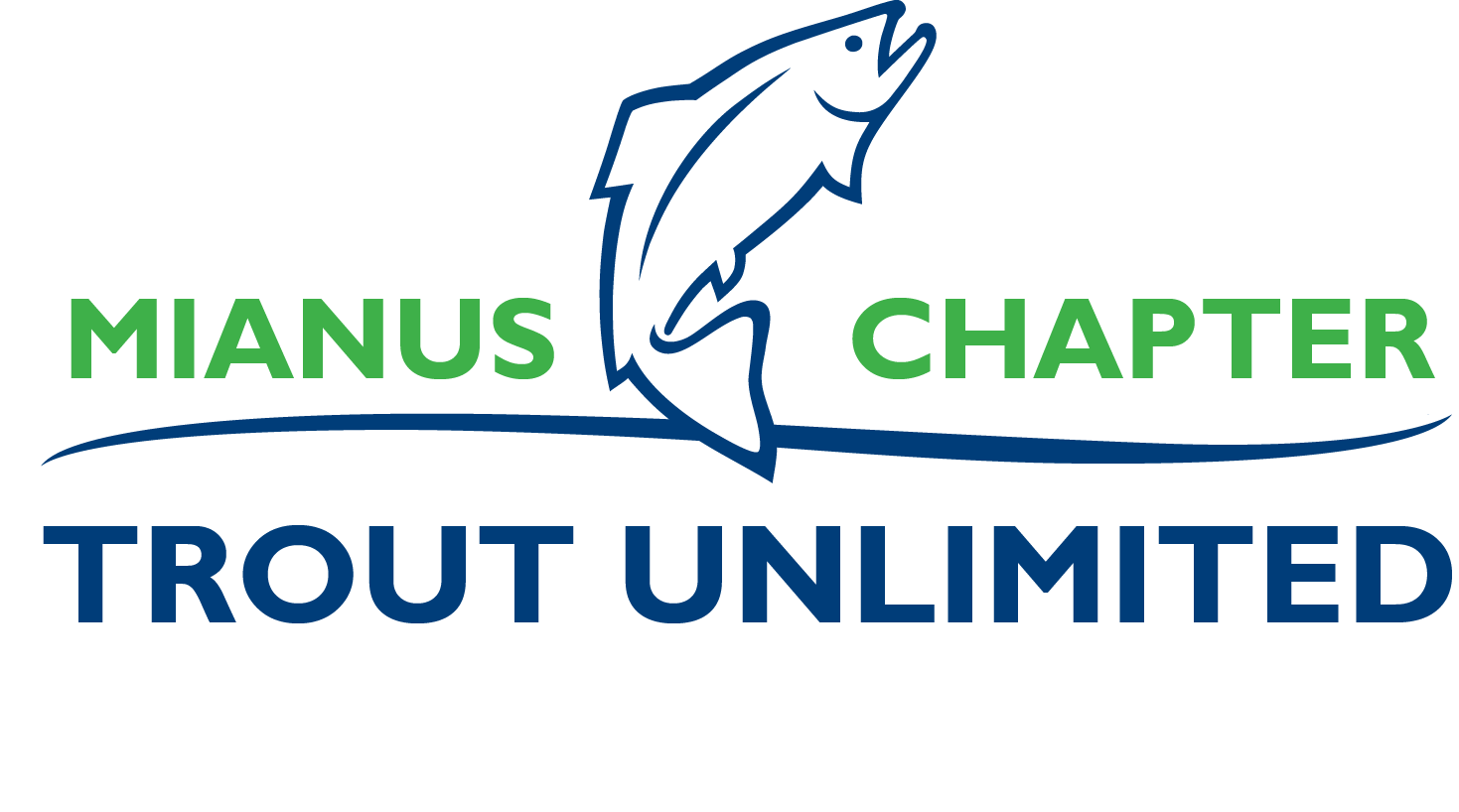Long Island Sound
About the Sound
For most members of the Mianus Chapter, Long Island Sound is just a car-ride away and offers an abundance of saltwater fly fishing opportunities. Even for those without access to a boat, wade fishing from shore can put anglers within casting distance of striped bass, bluefish and other saltwater sports species.
The Sound, which was heavily polluted and saw depleting stocks of stripers and other fish just a few decades ago, has had a re-birth of sort thanks to changes in environmental laws on the many inland rivers and watersheds. The result is a world class saltwater fishery with an increasing chance to hook into a trophy bass or blue.
Access to the Sound, though becoming more limited to some degree, is still quite prevalent. From Greenwich to Fairfield, the typical "beat" fished by a Mianus TU member, there are literally dozens of places an angler can get down to the water. It would be difficult to include all of the locations, but below are a few of the top choices. Your local fishing shop is well staffed to give you more specific pointers depending on where you live.
The best way to fish the Sound is by boat. If you don't have one, make friends with someone who does, and offer to pay for fuel for the day. In the deeper waters of the Sound, and also off the string of mid-Sound islands, referred to as the Norwalk Islands, fishing can be phenomenal throughout the season. Along with larger striped bass and blues, in the fall, anglers have a chance at tuna species such as false albacore and bonito which make quick runs through the Sound during their winter migration south. Along with the typical flats boat most common among fly anglers, fishing from a sea kayak can also be an effective and relatively cheap way to open access to all types of water.
What to use
When fishing the Sound, anglers are best armed with a 9-foot 8- or 9-weight rod and a large arbor reel with plenty of backing. The ideal line for fishing from shore is an intermediate sinking line, with a sink rate of around 1 to 2 inches a second. If fishing from a boat, a depth charge line with a faster sink rate, perhaps 5 to 8 inches a second, is preferable. Leaders should be at least 12 pound test or higher, and when bluefish are around it is wise to have some steel leaders with you, as otherwise you are likely to lose more than a few $4 flies to bite offs.
Flies should imitate bait patterns found in the water at the time (again another reason to stop by your local shop for up to date conditions) but generally flies from clousers to deceivers, sand eel patterns and others work well. The go-to fly for wading anglers is a chartreuse clouser.
Along with the rod, reel, line, leaders and flies, anglers fishing the Sound should be sure to carry a number of essential tools. The first is a large set of pliers for removing hooks, and this can be coupled with a Boga Grip or other locking tool used to grab a fish by the jaw. Never grab a bluefish by the mouth, as the sharp teeth and frenetic head shaking can easily cut into or through a finger. Anglers should also carry a good cutting tool. for those adventurous to head out at night, when the action often heats up, a good headlamp or waterproof flashlight is vital to having a safe, injury-free outing.




